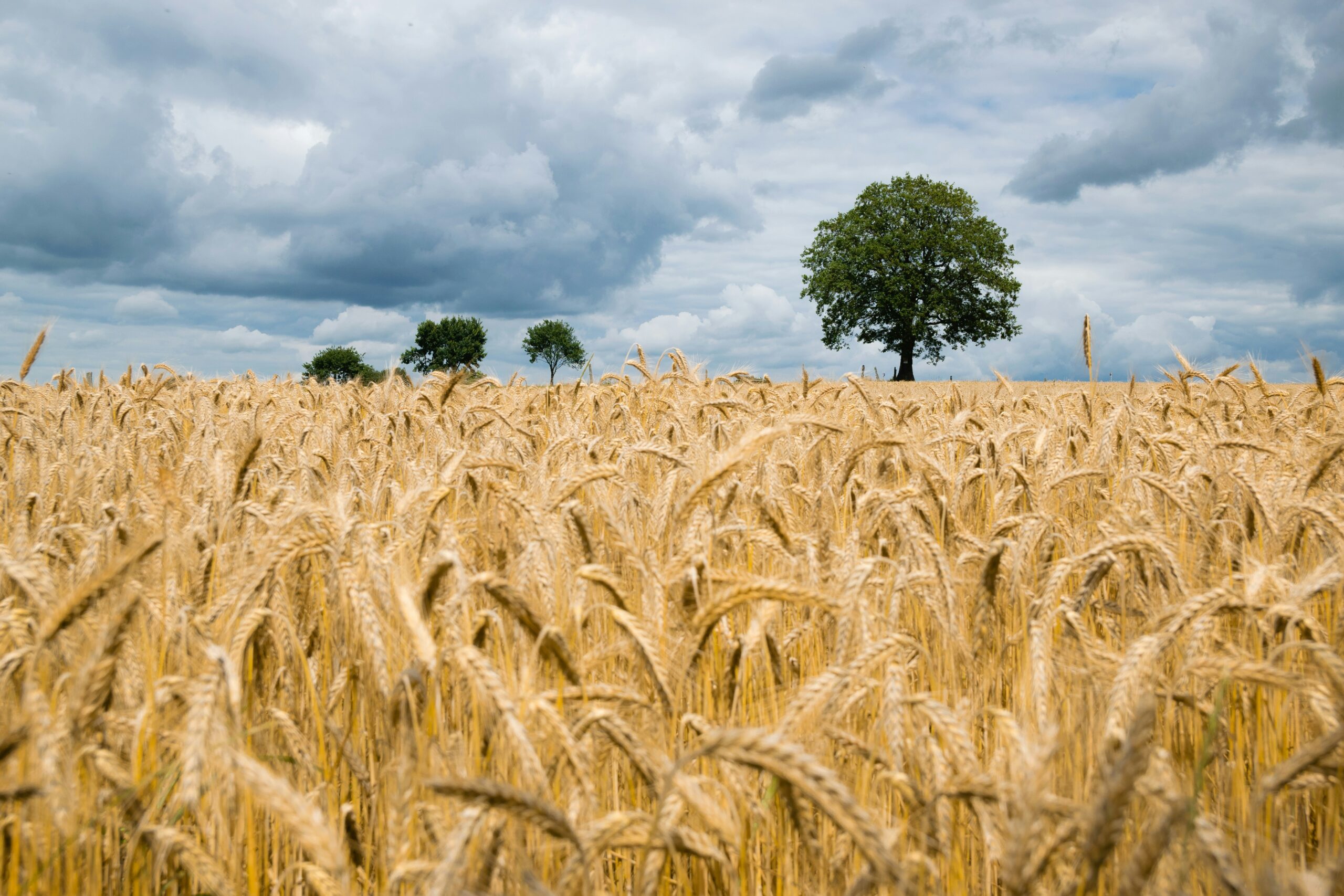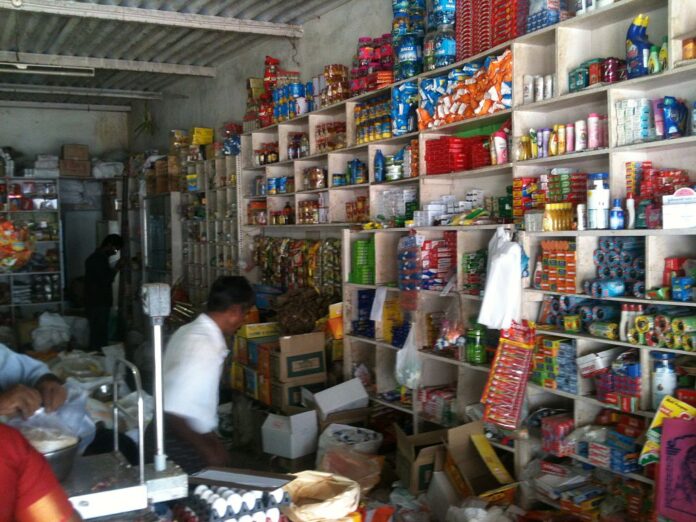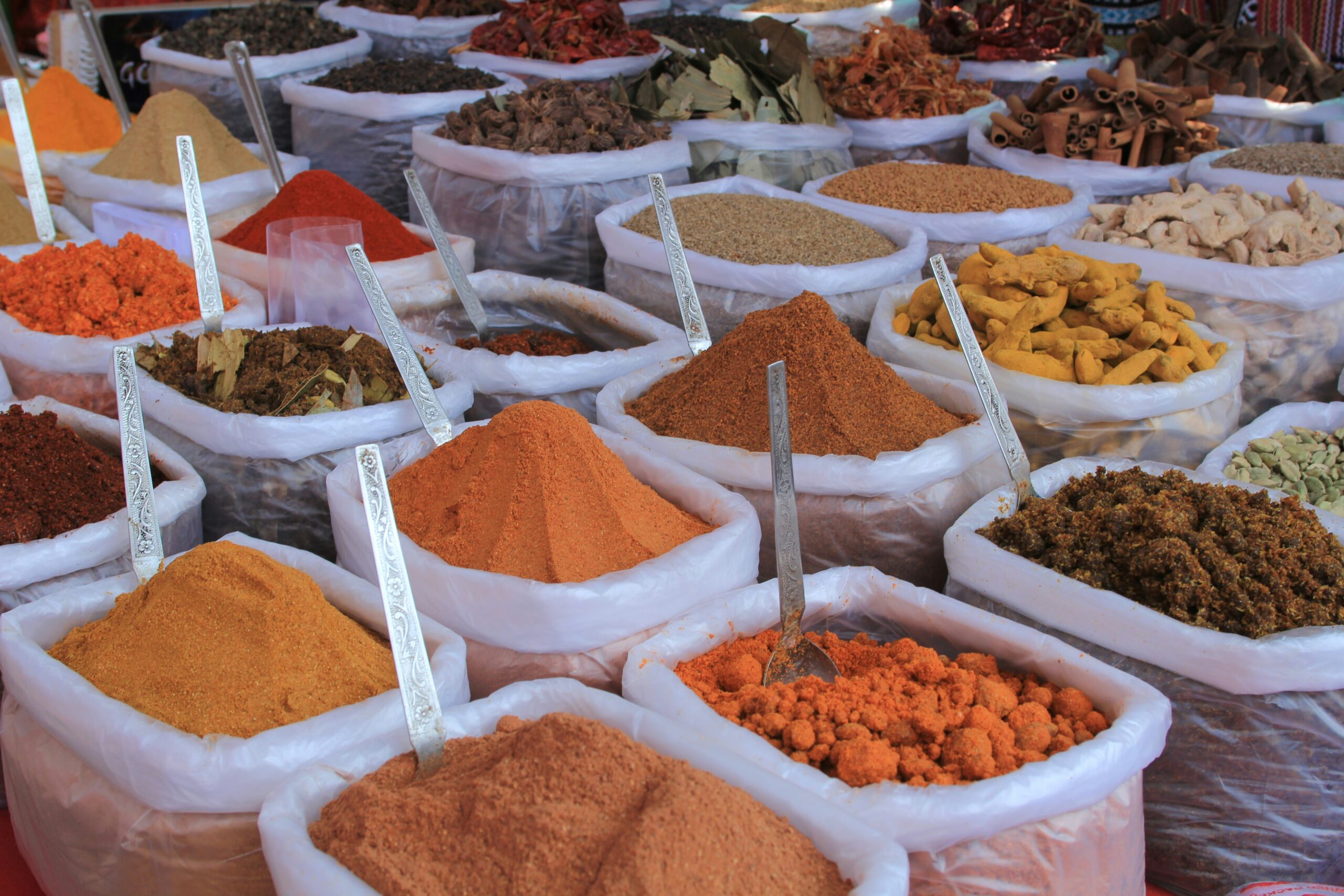The fast-moving consumer goods (FMCG) industry in India has long been considered a lucrative market, driven by rising disposable incomes, urbanisation, and growing aspirations. However, recent challenges have tested the resilience of FMCG giants, forcing them to adapt and strategize for a better future. One of the significant challenges faced by FMCG companies in 2023 was downtrading, where consumers switched from expensive or larger products to lower-priced alternatives. Inflation and plunging incomes drove this consumer behaviour, impacting consumption across various FMCG categories. High-value packs in branded commodities declined, while low-priced products gained favour with consumers. However, the trend of downtrading paused during the festive season, with consumers shifting to higher-value packs.
Rural markets, which were once the driving force behind FMCG growth, faced dampened demand due to inflation and rainfall deficit. In the September quarter, urban markets grew at a faster pace than rural markets, reversing the previous trend. However, the growth in rural markets saw a turnaround after four quarters of subdued growth, aided by cooling inflation, declining unemployment, and lower LPG prices. The future growth of rural demand remains dependent on agricultural output and sustained economic factors.
As inflation started to cool down, local FMCG brands gained momentum and grew at a faster pace than their national counterparts. Local brands, which couldn’t sustain price increases during periods of raw material inflation, experienced a resurgence once inflation subsided. Consumers’ willingness to try new brands and the cyclical nature of the industry contributed to the growth of local and regional brands.
FMCG sales in traditional kirana stores faced a slowdown due to factors such as fewer product launches, declining credit from distributors, and weakening rural demand. Despite the surge in e-commerce and modern trade, kirana stores continue to account for a significant portion of FMCG sales in India. To revive sales through general trade, FMCG companies are fine-tuning their product and distribution expansion strategies, focusing on launching direct-to-consumer brands, expanding reach in channels like chemists and cosmetic stores, and strengthening direct distribution in rural areas.
RTM Watch’s Take
The challenges faced by FMCG giants in 2023 highlight the need for adaptability and innovation in an evolving market landscape. While downtrading and rural demand fluctuations pose short-term hurdles, they also present opportunities for companies to tailor their offerings to changing consumer preferences. The rise of local brands signifies the importance of understanding regional dynamics and consumer sentiments. Additionally, FMCG companies must continue to invest in strengthening their presence in traditional retail entities like kirana stores, which remain crucial to overall sales.




































